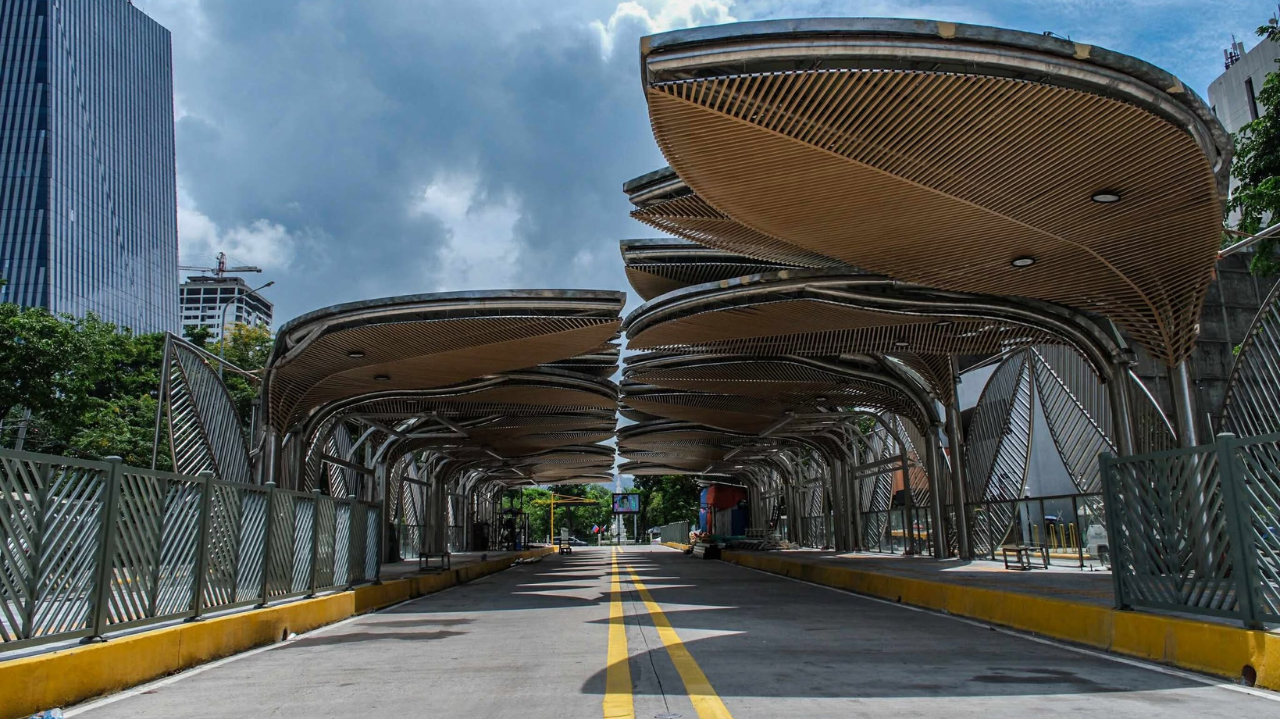
chevron_left
-
 play_arrow
play_arrow
105.1 TMC 105.1 TMC
-
 play_arrow
play_arrow
Cebu Calling Podcast Kuya Magik
Cebu gears up for mid-September dry run of its Bus Rapid Transit system

share
close
After years of planning, Cebu City is finally set to conduct a dry run of its first package of the Bus Rapid Transit (CBRT) system. The local government—with determined support from Mayor Nestor Archival—is pushing for the trial to launch on September 15, 2025, ahead of previously suggested timelines.
The Department of Transportation (DOTr), which is spearheading the initiative, is busy completing key preparations: turning over newly built bus lanes and stations, finalizing an operational blueprint, designing a traffic management strategy, setting up the buses, and staffing the stations.
The dry run will involve running CBRT buses on dedicated corridors to diagnose issues and smooth operations—common practice in global transit rollouts. For instance, Paris’s RATP once tested new tram lines without passengers to calibrate signals and schedules and acclimatize users.
Mayor Archival has expanded the trial’s scope: instead of limiting it to the Capitol–Cebu South Bus Terminal (CSBT) route, the test route will stretch from Cebu IT Park and Cebu Business Park to SM Seaside via Osmeña Boulevard, passing through Fuente Osmeña Circle and Cebu Normal University before ending at CSBT on Natalio Bacalso Avenue.
To enforce compliance, the city will designate traffic-discipline zones to keep private vehicles off the bus lanes during the dry run. Project manager Norvin Imbong confirms preparations remain ongoing.
During the dry run, 20 modern, air-conditioned buses from the existing Cebu Interim Bus Service (Cibus) will be deployed. The mayor is negotiating to offer free rides during the trial, letting commuters experience the service firsthand.
Buses will include 13-meter units with a capacity of up to 87 passengers, while 18-meter buses holding at least 100 riders may be added during peak hours.
The trial will concentrate on several aspects. It will check the readiness of buses, specifically the 20 Cibus units that will be used during operations. The stations will also be tested, particularly their electrical systems, lighting, and staff preparedness. Traffic flow at intersections will be closely monitored to see how the system interacts with other vehicles. In addition, the trial will allow observers to see how commuters board, alight, and circulate within the stations.
Despite these efforts, some crucial features are not yet ready. The smart-card fare system remains incomplete, so rides may either be free or subsidized. The trial will only cover a 2.38-kilometer stretch of the corridor, far less than the 13-kilometer route intended for Phase 1. Moreover, the integration of feeder routes and connections with other transport modes is still pending.
This dry run marks a pivotal step in refining system operations, station layouts, and commuter routines before full-scale implementation. It also helps prepare private motorists and the commuting public for the upcoming changes.
The CBRT project has been years in the making, with delays dating back to its 2014 launch. Issues such as heritage protection concerns that stalled construction near the Capitol and Fuente Osmeña Circle further pushed timelines. The current P28.78-billion project now aims for full operations by 2026 or later, covering 13 km of dedicated lanes, 17 stations, a depot, and a terminal.
Written by: topsmediacenter
Rate it
Latest posts
Current show
Upcoming shows

The Magik Hour
1:00 pm - 2:00 pm

TMC Local Flavours
2:00 pm - 7:00 pm

Bai Jaya Show
7:00 pm - 10:00 pm

TMC Local Flavours
6:00 am - 7:00 pm

Tambag Mo, Chancy
7:00 pm - 10:00 pm
All rights reserved - Copyright 2025 - Tops Media Center









